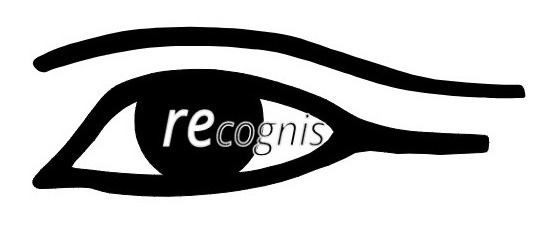Last week I had the pleasure of meeting with Dr. Andrew Garrad at WindFinland 2016, this year’s hottest wind energy event in Finland. He was the keynote speaker of the event, which I was hosting.
For those of you who don’t recognise the name, Dr. Garrad has been among the wind industry leaders and visionaries for decades. He established the consulting company Garrad Hassan & Partners back in 1984, having at that time already worked in the wind energy R&D for five years. Garrad Hassan nowadays forms the backbone of the wind energy expertise of DNV-GL, one of the leading global expert service provider companies. Dr. Garrad has, throughout his career, been one of the key individuals shaping up the development of the wind industry – from early stage experiments to a global mainstream energy provider.
I first met with Dr. Garrad 20 years ago when I visited the Garrad Hassan office in Bristol, UK. Being a young enthusiastic wind energy consultant, I was eager to establish contacts to – and seek cooperation opportunities with – the Big Names of the business. And indeed, he was willing to listen and we did develop some business ideas together – but that’s not the point of this story.
Back in 1996, wind turbines were in the size range of 500…600 kW and had rotor diameters of around 40 meters. A wind farm of 10 to 15 MW was considered big – and the global cumulative installed wind power capacity had just exceeded 6.000 MW. And due to the continuous recruiting, the Garrad Hassan office had become crowded and they were looking for a more spacious one for their staff of over 50 people.
New onshore turbines built today are typically in the range of 2.5 to 4 MW – with up to 140 m rotor diameters – and offshore turbines are even bigger. A 100 MW onshore wind farm project is business as usual and turbine purchase deals exceeding 300 MW are not uncommon. By the end of 2016, the global installed wind power capacity will likely exceed 500.000 MW. And the global headcount of DNV-GL wind energy experts is now well over 1500.
The one word that best describes the history of wind industry is “growth”; growth of turbines, growth of projects, growth of finance transactions, growth of business volumes, growth of jobs. I asked Dr. Garrad if he expects the growth to stop one day – and what if it does. Regarding the turbine size, he said all forecasted upper limits have always been exceeded, and he therefore no longer believes in absolute size limits – except that any structure taller than 1.5 kilometres will collapse due to its own weight. Regarding the growth of markets, it seems the market is always growing someplace: although the market volume may be reaching a plateau in Europe, it has only started taking off in e.g. Latin America and Africa.
The long term future of wind power looks extremely bright, and the growth will continue in the coming years and decades. There’s one exception, though: The cost of producing electricity from wind. It’s declining. It’s been declining through the years and decades. And it will continue to decline – thanks to the growth of all other parameters. And the declining costs will enable the growth of all other parameters to continue. Dr. Andrew Garrad has all reasons to enjoy the fruits of his lifelong efforts to develop the wind power technology and business.

Recent Comments